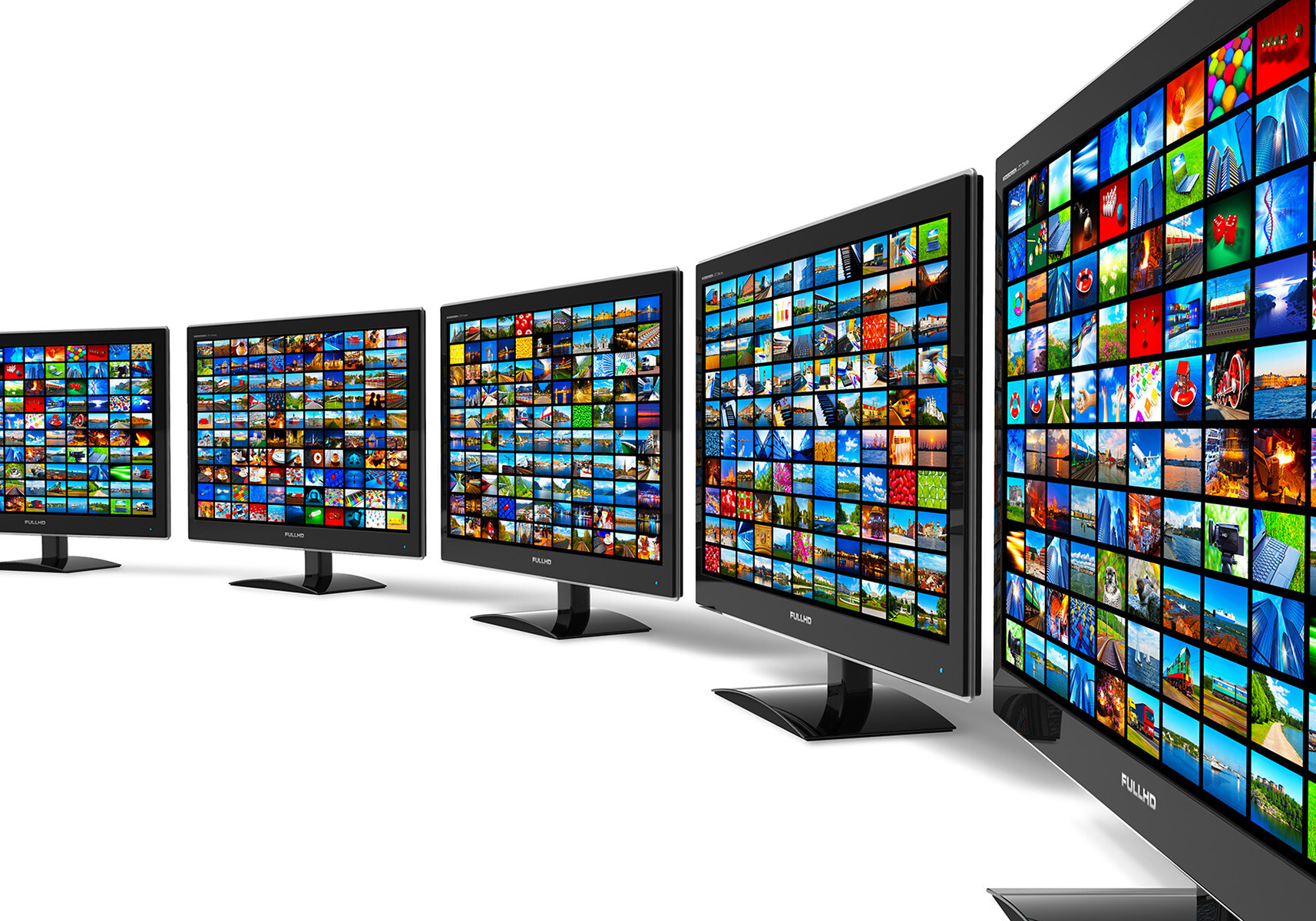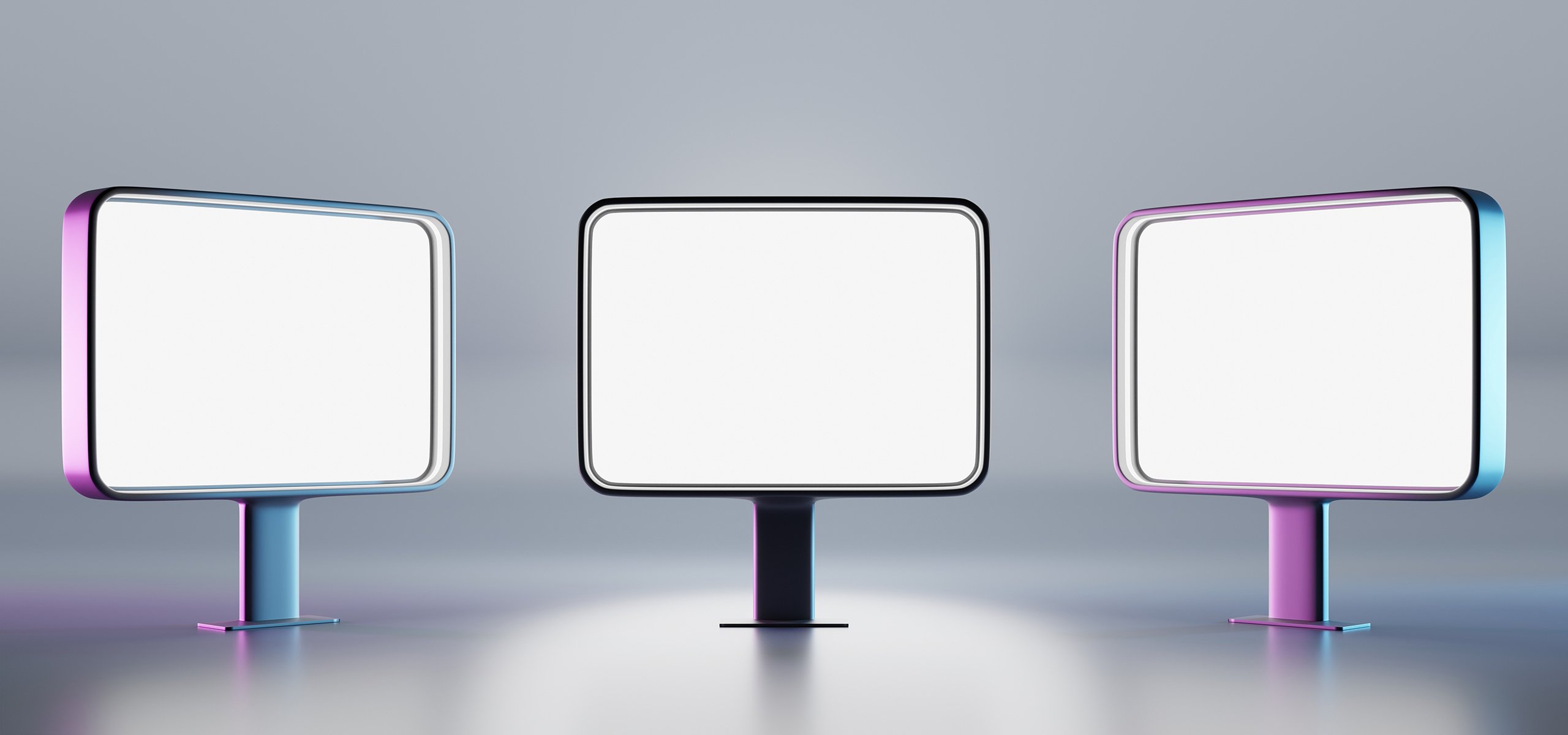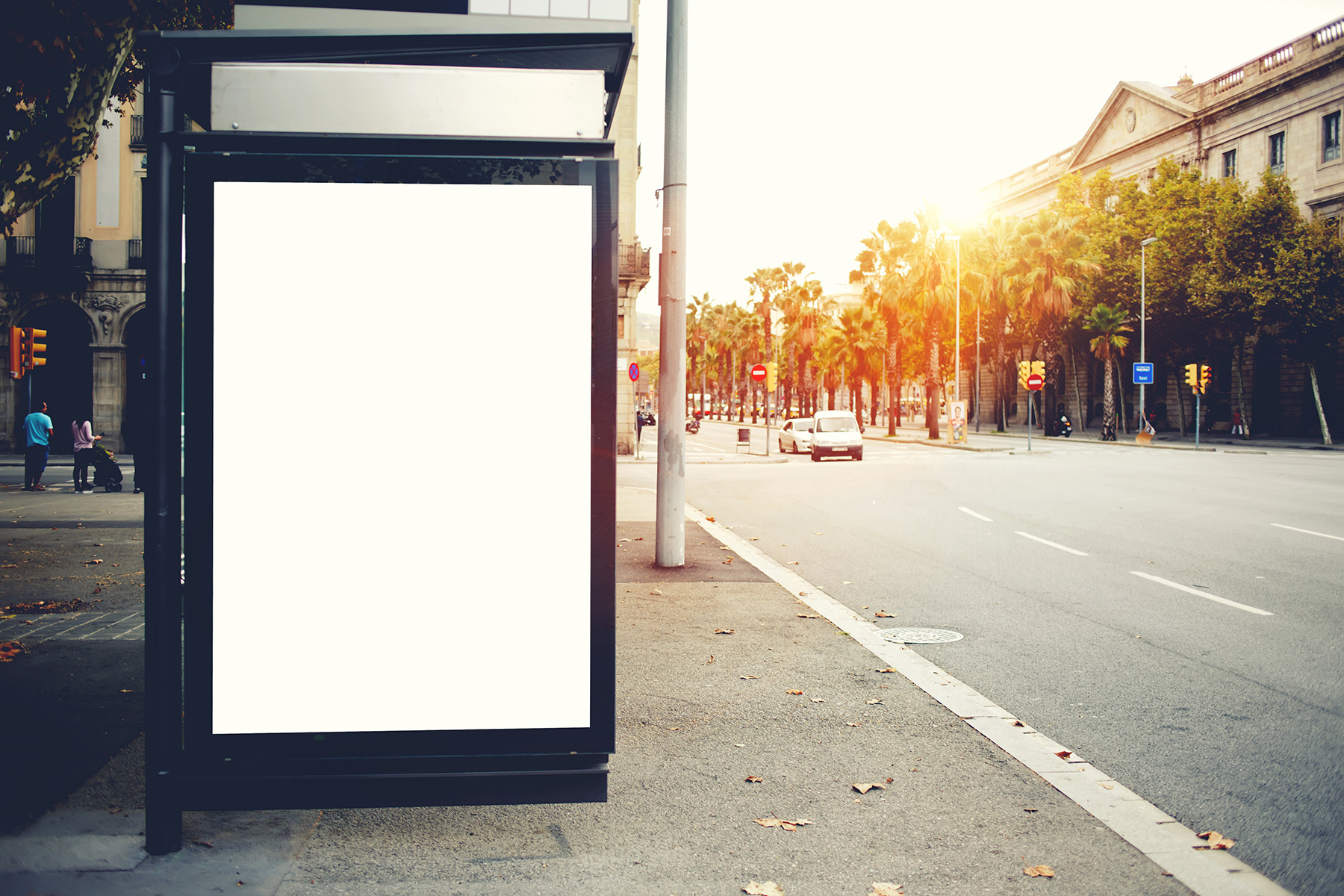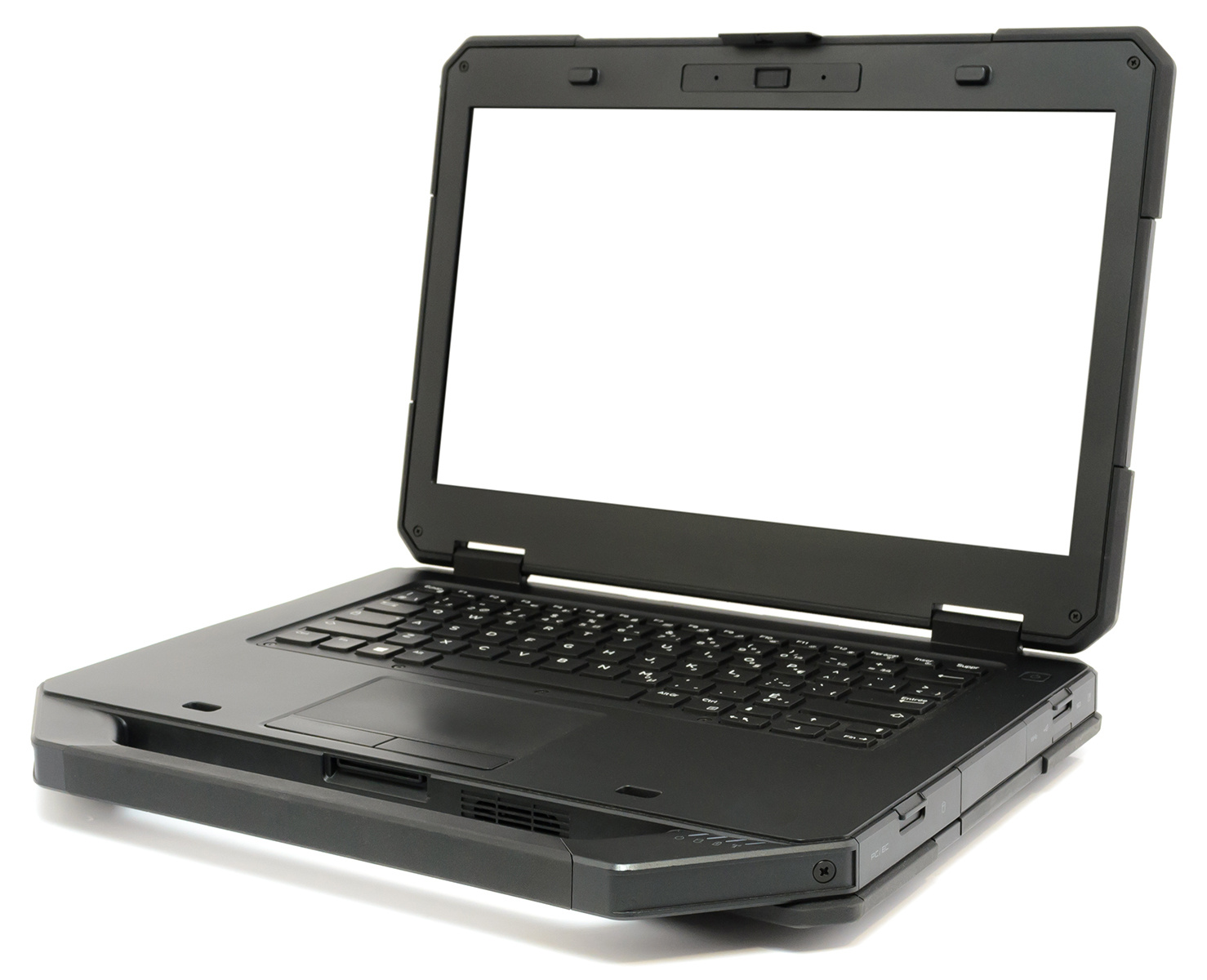Sunlight Readable Displays vs. Regular Displays: What Makes the Difference?
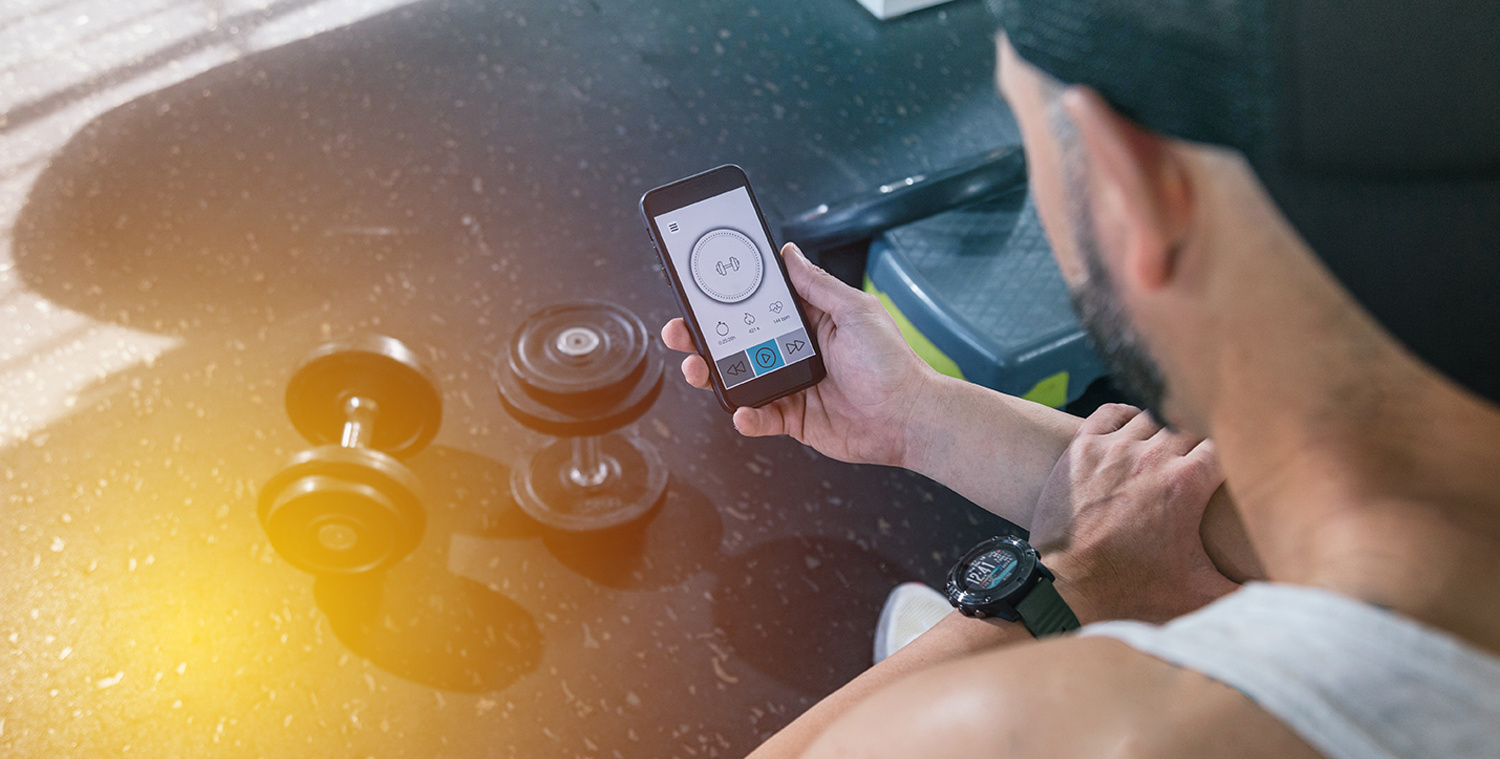
Introduction
Industries operating in outdoor environments often struggle with one major challenge: ensuring clear screen visibility. Standard displays tend to falter under direct sunlight, leading to reduced readability and usability. This is where sunlight-readable monitors come into play. These specialized displays are designed to deliver optimal visibility, even in the brightest environments, making them essential for outdoor operations in sectors such as transportation, medical, and industrial applications.
But what sets sunlight-readable displays apart? At E3 Displays, we deliver exceptional performance in direct sunlight by integrating innovative technologies such as optical bonding and high-brightness panels.
How Sunlight Readable Displays Work
Unlike regular displays optimized for indoor settings, daylight-readable displays incorporate advanced technologies to ensure clarity in high-light conditions. These include:
- High Luminance Output: Brightness levels often exceeding 1000 nits allow these displays to remain readable in direct sunlight. Standard displays typically operate at 200-500 nits, falling short in outdoor settings.
- Anti-Reflective Coatings: These coatings minimize glare and reflections, significantly enhancing screen clarity.
- Intelligent Luminance Control: Automatically adjusts brightness based on ambient light conditions, ensuring consistent visibility without manual intervention.
Together, these technologies make sunlight-readable touch screens indispensable for outdoor use, particularly in industries where functionality under bright sunlight is crucial, such as transportation and industrial operations.
Challenges with Regular Displays in Outdoor Settings
Standard displays face multiple performance challenges when exposed to direct sunlight:
- Low Visibility: Sunlight washes out colors and reduces clarity, making it difficult to discern critical information.
- Glare and Reflections: The reflective surfaces of standard displays amplify glare, further diminishing readability.
- Limited Durability: Regular displays are not designed to endure extreme weather conditions such as heat, cold, or humidity, leading to potential failures in outdoor environments.
These limitations hinder productivity and, in safety-critical industries, could even pose risks.
Advantages of Sunlight-Readable Displays
The superiority of sunlight-readable monitors lies in their ability to address the limitations of regular displays. Here’s how they excel:
- Enhanced Readability: High luminance and anti-glare technology provide superior visibility in sunlight.
- Increased Durability: Built to withstand extreme temperatures, moisture, and physical impact, these displays perform reliably in rugged conditions.
- Energy Efficiency: Intelligent brightness controls reduce power consumption, extending the life of the display.
Key Benefits for Industries
Industries like aerospace, medical, and transportation greatly benefit from daylight-readable displays, enabling seamless operations in outdoor environments. For example:
- Medical Applications: Emergency medical equipment used outdoors requires displays that remain readable in all lighting conditions.
- Public Transportation Systems: These displays show passengers clear information, such as schedules and directions, even under strong sunshine.
Applications of Sunlight-Readable Monitors
Sunlight-readable touch screens find applications across various industries requiring reliable and visible displays in outdoor settings. Key examples include:
- Transportation: Airports, bus terminals, and outdoor navigation systems utilize these displays for real-time communication and wayfinding.
- Industrial Operations: Factories and construction sites rely on sunlight-readable technology for monitoring equipment and processes.
- Military and Aerospace: Designed for durability, these displays are essential for mission-critical operations in extreme environments, ensuring reliability and performance.
How E3 Displays Can Help
E3 Displays excels in delivering innovative sunlight-readable displays that cater to the unique needs of industries. We improve efficiency in direct sunlight by leveraging advanced technologies like optical bonding and high-brightness panels.
Why Choose E3 Displays?
- Customized Solutions: Tailored to meet specific industrial requirements.
- Durable and Reliable Designs: Engineered for rugged environments.
- Comprehensive Services: From initial design to final delivery, E3 Displays provides a seamless end-to-end experience.
Explore our wide range of offerings and learn how sunlight-readable monitors can enhance operations by visiting our dedicated page on Sunlight-Readable Displays.
Optimizing Performance for Outdoor Applications
For industries requiring reliable displays in outdoor settings, investing in sunlight-readable displays is a necessity. These solutions offer unmatched clarity, durability, and energy efficiency, ensuring optimal performance even in the most challenging environments. By leveraging E3 Displays’ customized solutions, businesses can improve productivity, enhance safety, and achieve operational success with ease.
Recent Blogs
-
April 03, 2025


